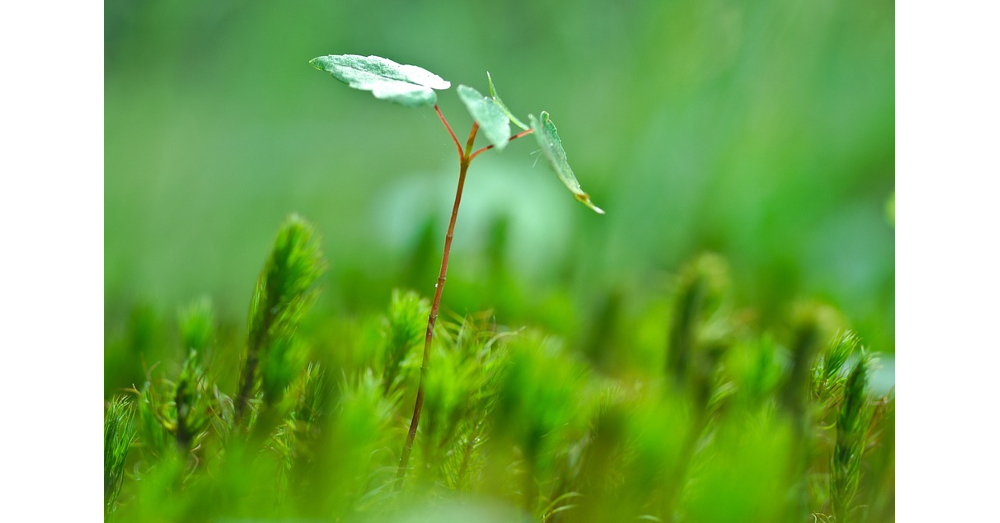
Conservation Agriculture Sprouts in Cuban Fields
At the entrance, the Tierra Brava farm looks like any other family farm in the rural municipality of Los Palacios, in the westernmost province of Cuba. But as you drive in, you see that the traditional furrows are not there, and that freshly cut grass covers the soil.
“For more than five years we’ve been practicing conservation agriculture (CA),” Onay Martínez, who works 22 hectares of state-owned land, told IPS.
He was referring to a specific kind of agroecology which, besides not using chemicals, diversifies species on farms and preserves the soil using plant coverage and no plowing.
August 10, 2017 | Source: Inter Press Service News Agency | by Ivet González
LOS PALACIOS, Cuba, Aug 10 2017 (IPS) – At the entrance, the Tierra Brava farm looks like any other family farm in the rural municipality of Los Palacios, in the westernmost province of Cuba. But as you drive in, you see that the traditional furrows are not there, and that freshly cut grass covers the soil.
“For more than five years we’ve been practicing conservation agriculture (CA),” Onay Martínez, who works 22 hectares of state-owned land, told IPS.
He was referring to a specific kind of agroecology which, besides not using chemicals, diversifies species on farms and preserves the soil using plant coverage and no plowing.
“In Cuba, this system is hardly practiced,” lamented the farmer, who is cited as an example by the United Nations Food and Agriculture Organisation (FAO) of integral and spontaneous application of CA, which Cuban authorities began to include in their policies in 2016.
This fruit tree orchard in the province of Pinar del Río, worked by four farmhands, is the only example of CA reported at the moment, and symbolises the step that Cuba’s well-developed agroecological movement is ready to take towards this sustainable system of farming. The Agriculture Ministry already has a programme to extend it on a large scale.
FAO defines CA as “an approach to managing agro-ecosystems for improved and sustained productivity, increased profits and food security while preserving and enhancing the resource base and the environment. CA is characterised by three linked principles, namely: Continuous minimum mechanical soil disturbance; Permanent organic soil cover; Diversification of crop species grown in sequences and/or associations.”
Because of the small number of farms using the technique, there are no estimates yet of the amount of land in Cuba that use the basic technique of no-till farming, which is currently expanding in the Americas and other parts of the world.
CA, which uses small machinery such as no-till planters, has spread over 180 million hectares worldwide. Latin America accounts for 45 per cent of the total, the United States and Canada 42 per cent, Australia 10 per cent, and countries in Europe, Africa and Asia 3.6 per cent.
The world leaders in the adoption of this conservationist system are South America: Brazil, where it is used on 50 per cent of farmland, and Argentina and Paraguay, with 60 per cent each.
And Argentina and Brazil, the two agro-exporter powers in the region, are aiming to extend it to 85 per cent of cultivated lands in less than a decade.
